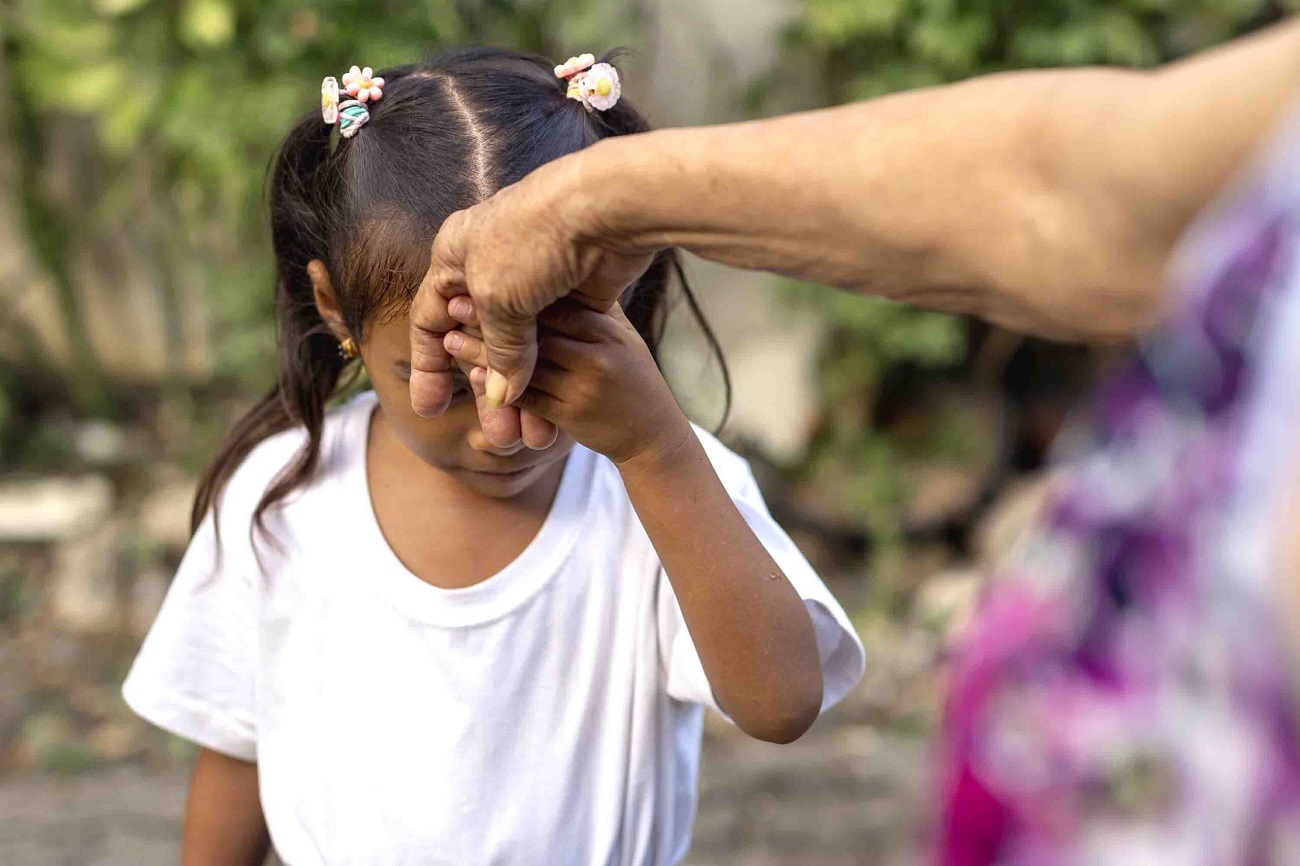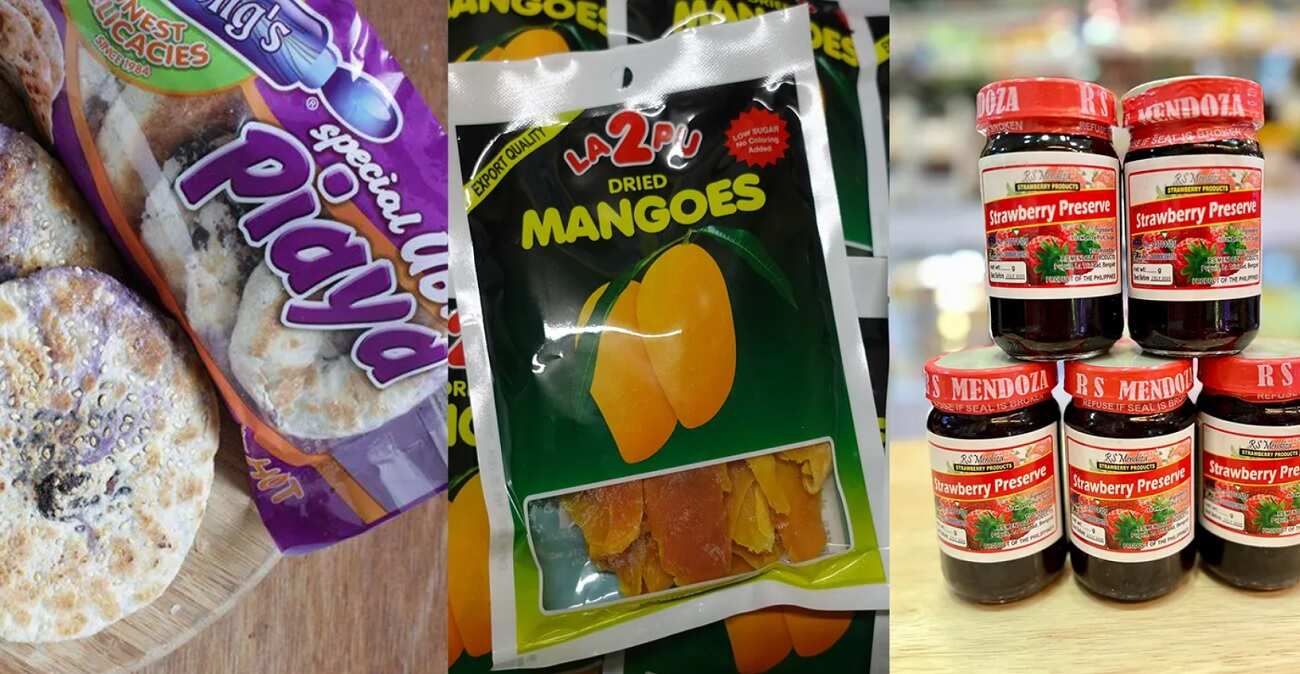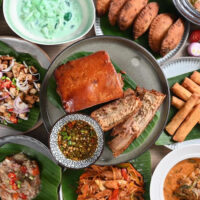
The Philippines is renowned for its vibrant culture, a tapestry woven from diverse influences and customs. From the bustling streets alive with colorful jeepneys to the beloved Christmas traditions, Filipino culture enchants with its richness and charm. Within this cultural tapestry lie unique treasures, each reflecting the essence of Filipino identity.
In this article, we delve into some of these distinctive cultural gems, so let’s get started.
Pagmamano

Pagmamano is a traditional Filipino gesture of respect. It involves taking an elder’s hand and bowing down to lightly touch the back of their hand to one’s forehead as a sign of reverence and deference. It’s commonly performed when greeting elders, such as parents, grandparents, or other respected figures, as well as during formal occasions like weddings, reunions, or other cultural events. Pagmamano reflects the importance of familial ties, respect for elders, and the preservation of Filipino customs and traditions. It can also be considered as a cultural identity, much like to the ever-popular adobo, which is one of the must-try dishes of the country.
Furthermore, pagmamano transcends mere custom; it is a cornerstone of Filipino society, strengthening bonds within families and communities while honoring the wisdom and experience of previous generations.
“Po” and “Opo”

“Po” and “opo” are honorific particles used in the Filipino language, particularly in Tagalog, to convey respect and politeness when speaking to someone older or of higher status. They are added to the end of sentences or phrases and foreigners must include this in their “Dos and Don’ts list” when they visit the Philippines as much as possible.
“Po” is used when addressing someone older or of higher status than oneself, or simply as a sign of respect. It is equivalent to saying “please” or “sir/ma’am” in English. For example, instead of saying “Oo” (yes), one would say “Oo po” to show respect.
On the other hand, “Opo” is a more formal and respectful way of saying “yes.” It is used when responding to someone older or of higher status, indicating deference and acknowledgment. For example, when answering a question from an elder, one would say “Opo” instead of just “Oo.”
The use of “po” and “opo” in Filipino language is generally considered respectful and polite, especially when speaking to elders or individuals of higher status. However, there are situations where excessive or unnecessary use of “po” and “opo” can come across as overly formal or even insincere, which may be perceived as “pabebe” or overly cutesy.
“Pabebe” is a Filipino slang term that can be loosely translated to “childish” or “immature.” It refers to behavior that is overly sweet, affected, or insincere. When the use of “po” and “opo” becomes excessive or unnatural in a conversation, it may sound pabebe because it deviates from the natural flow of speech and may come across as insincere or exaggerated.
In everyday conversations, the use of “po” and “opo” is generally appropriate and respectful, particularly when addressing elders or individuals of higher status. However, it’s important to use them appropriately and in moderation to avoid sounding overly formal or insincere. In informal settings or when speaking with peers, using “po” and “opo” sparingly or not at all may be more appropriate to maintain a natural conversational tone.
Pakikisama

Central to Filipino social dynamics is the concept of “Pakikisama,” which encompasses values such as cooperation, empathy, and adaptability. This principle emphasizes mutual respect and the willingness to compromise for the collective good, fostering harmonious interactions within communities. “Pakikisama” underscores the importance of communal welfare and solidarity, promoting a sense of belonging and shared responsibility.
Bayanihan

Bayanihan is a Filipino cultural concept that embodies the spirit of communal unity, cooperation, and mutual assistance. The term is derived from the Tagalog word “bayan,” which means nation or community. Bayanihan traditionally refers to the practice of villagers coming together to help a family or individual move their house to a new location by carrying it on their shoulders, which is a common practice in the olden times, especially in provinces.
The concept of bayanihan extends beyond literal house-moving and encompasses the idea of collective action and support for one another in times of need. It is a pure form of concern that you can find only in the Philippines as it emphasizes the importance of community solidarity, sharing resources, and working together towards common goals. Bayanihan highlights the belief that by pooling their efforts and resources, individuals can achieve more and overcome challenges more effectively than they could alone.
Related article: 10 Lesser-Known Travel Destinations in the Philippines
Pasalubong

Finally, the concept of pasalubong is a cherished Filipino tradition of bringing gifts or souvenirs from an overseas trip or a visit to the province after attending a one of the celebrated Filipino festivals to loved ones back home. It symbolizes thoughtfulness, care, and the desire to share experiences and memories with family and friends.
Related articles: Angono Celebrates in a Big Way with Higantes Festival, Tacloban City’s Pintados-Kasadyaan Festival, Pahiyas Festival
Pasalubong transcends material value; it reflects a deep sense of connection and consideration for others’ happiness. This cultural trait fosters strong bonds within Filipino families and communities, emphasizing the importance of relationships and reciprocity. It embodies the Filipino value of “utang na loob” (debt of gratitude) and reinforces the idea of togetherness and solidarity. Pasalubong isn’t just about the physical gifts; it’s about the emotions and intentions behind them, making it a heartwarming and enduring aspect of Filipino culture.
Related article: Filipino Traits That Foreigners May Find Funny, Peculiar, and Adorable
–
Featured Image by Moneymax.ph





